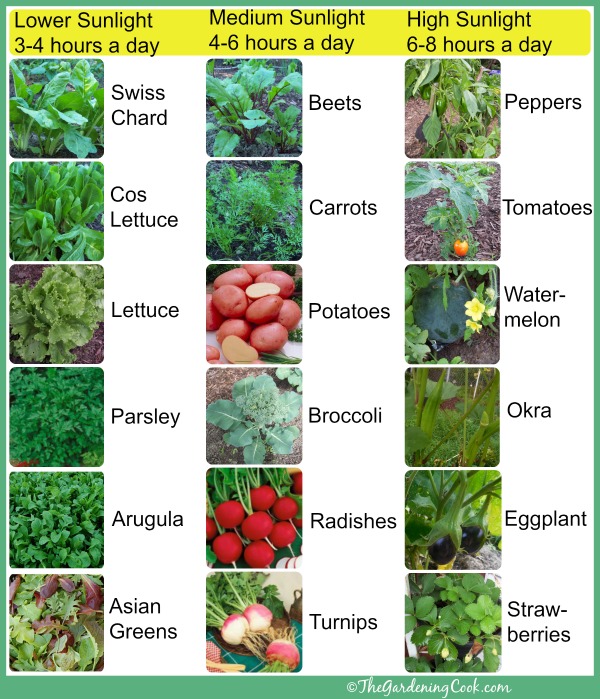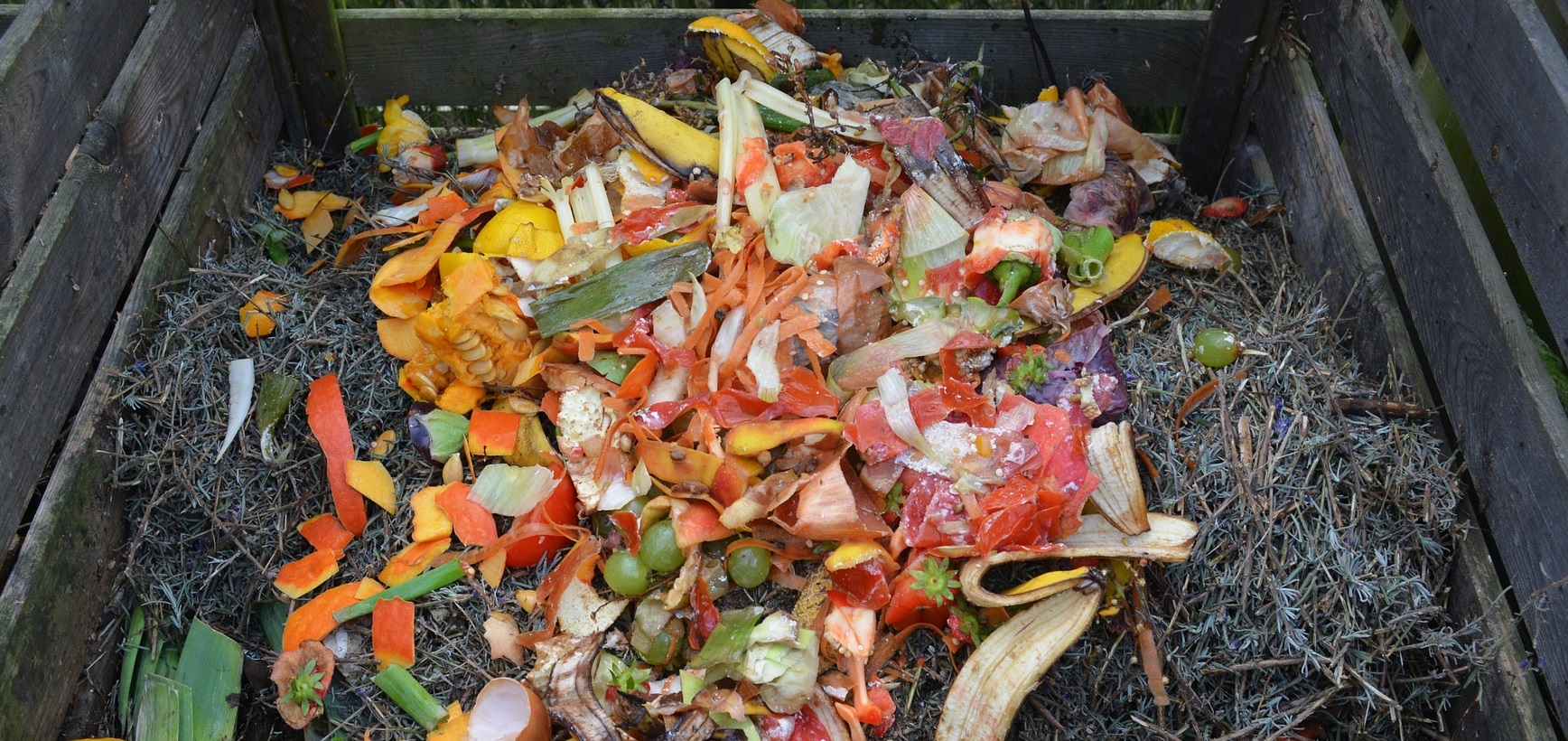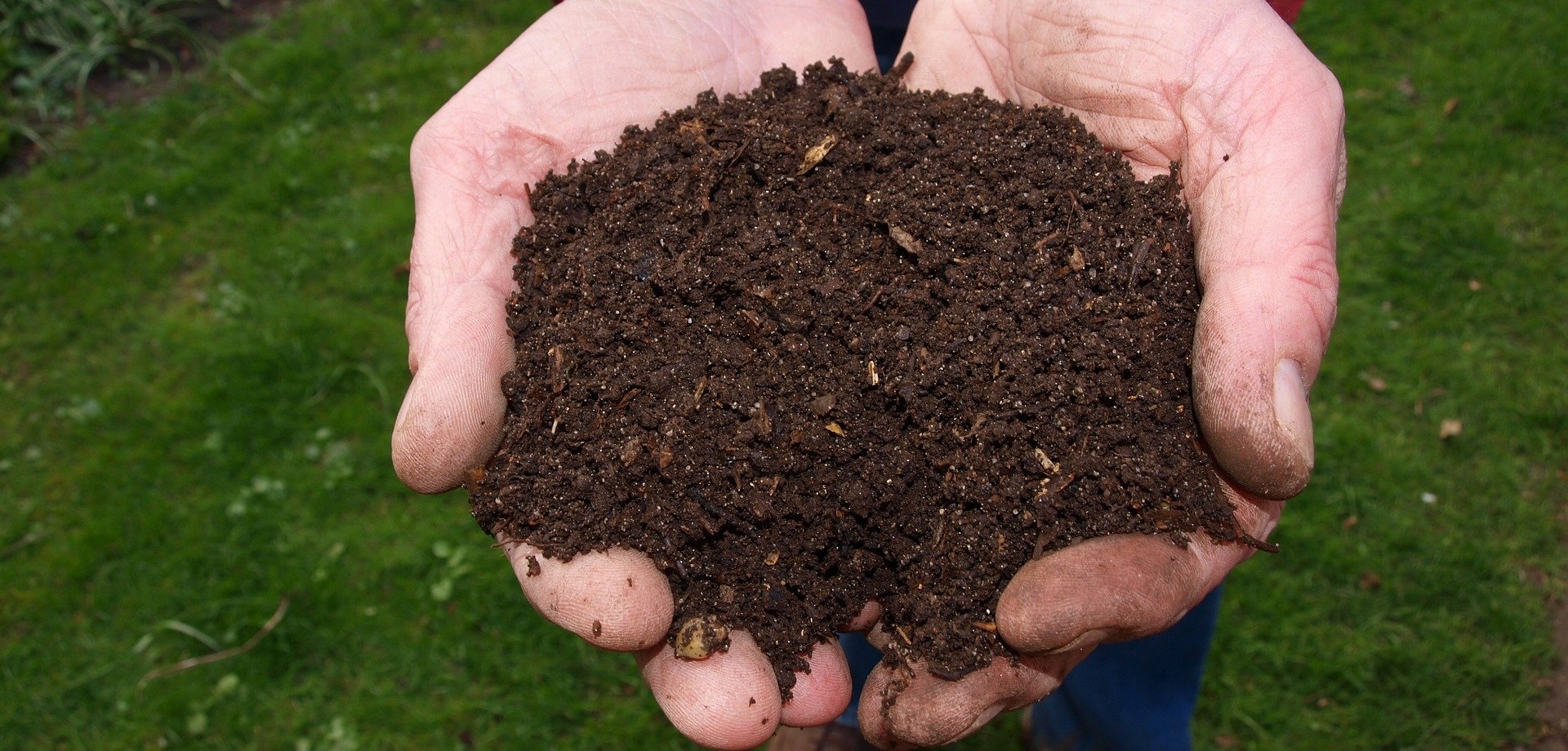Top Tips To Grow Food At Home + Easy DIY Compost Recipe
“There will come a time when only those who know how to plant will be eating.”
– Chief Oren Lyons
Growing your own herbs and vegetables is no longer just a hobby, but it is becoming more of an essential skill. Here are some basic tips for growing healthy plants at home.
1. Enough Sunlight
Plants need sunlight for photosynthesis. Too little sunlight hampers this process and too much sunlight can dehydrate the plants. Most herbs require 4-6 hours of direct sunlight to grow well. If you are growing plants indoors, put them by a well-lit window. If your plants look long and “leggy,” and lean towards the sunlight, they might be looking for more sunlight – consider moving them to a sunnier spot.

2. Adequate Space
While choosing the planters you must keep a few points in mind: the size of the plant and it’s growing habits. Plants must have enough space to grow and the roots must be well aerated. If the planters are small in size, it may hamper the growth and health of the plants.
Here are the minimum soil depths for some of the common veggies (source: gardeners.com).
- 4-5″: lettuce, radishes, other salad greens, basil, coriander
- 6-7″: bush beans, garlic, onions, peas, mint, thyme
- 8-9″: pole beans, carrots, cucumber, eggplant, fennel, peppers, spinach, parsley, rosemary
- 10-12″: beets, broccoli, potatoes, summer squash, dill, lemongrass
Note: If you use self-watering planters, you can get by with less depth as well.
3. Good Drainage
Always choose planters with drainage holes at the bottom. If you’re using upcycled planters then make some holes at the bottom for proper drainage. Without proper drainage holes, excess water remains in the soil and make it waterlogged which cuts of air supply to the roots.
4. Watering Habits
Overwatering or underwatering makes the plants die. Before watering the plants, check the moisture in the soil by touching it and only water when the soil feels dry.
Plastic containers tend to hold moisture more than earthen pots so do be mindful not to overwater. Small pots or hanging pots contain less soil to retain moisture, so they need to be watered more often.

5. Soil & Fertilizers
When growing plants in pots, it’s important to keep them properly nourished as they grow in a restricted environment with limited nutrients. You can make your own compost for plants at home or you can buy a potting mix. Check out this recipe:
DIY COMPOST RECIPE
If you are planning to make your own compost, all you need is waste such as peels of fruits and vegetables, a small amount of leftover cooked food and other biodegradable material.
Natural compost requires only 4 elements –
carbon (organic matter such as dry leaves, paper, cardboard, sawdust), nitrogen (kitchen waste), oxygen, and water.
Follow these steps to make compost:
- Take a large pot – earthen or plastic – and make 5 to 6 holes all-around at different levels.
- Put a layer of soil at the bottom.
- Add a layer of kitchen waste and top it with a layer of organic matter.
- Keep adding these layer alternatively.
- Cover the pot with a plastic sheet or wooden plank.
In a few days, turn the pile with a stick to provide aeration for the matter to decompose. Sprinkle some water if you find the pile too dry. In a few months, you’ll notice the pile has turned dark and crumbly, and that is when you know the compost is ready.
Keeping these simple tips in mind and you can begin growing your own food at home!
For starters, you can check out this list of herbs that you can easily grow at home and this practical guide to growing your own food from scraps.
Are you successfully growing your food at home? Share your success stories with us in the comments – we’d love to hear them!



